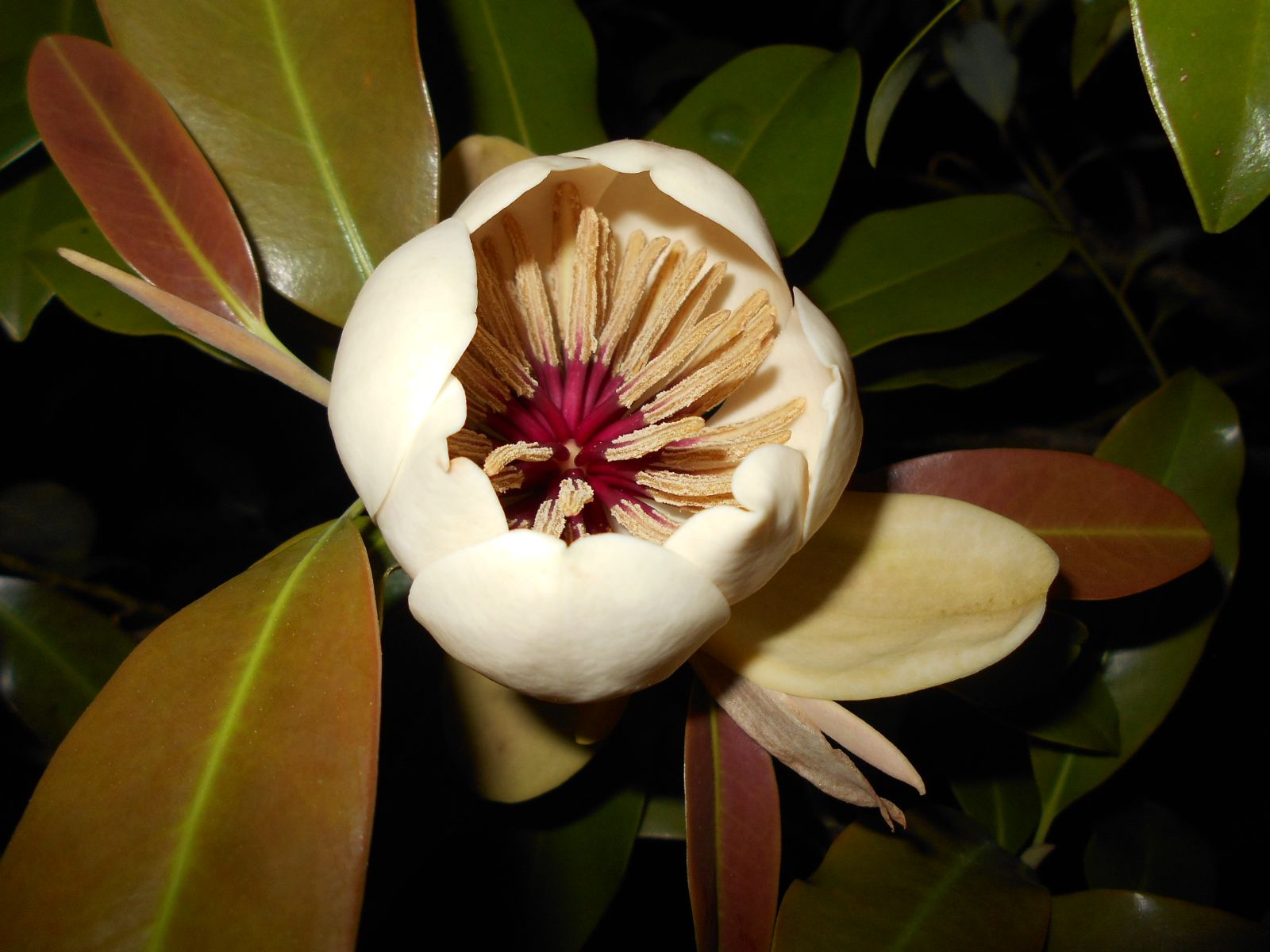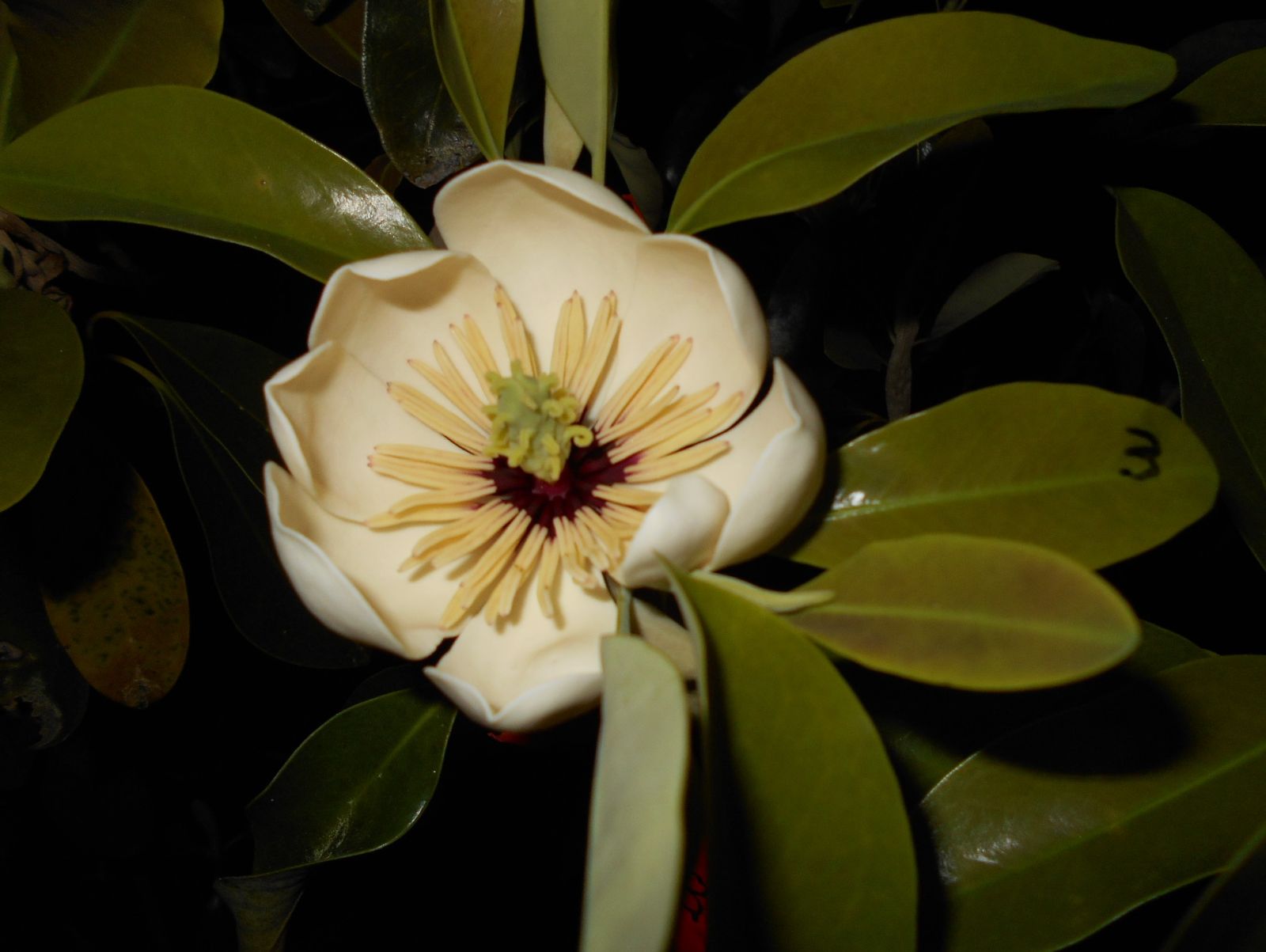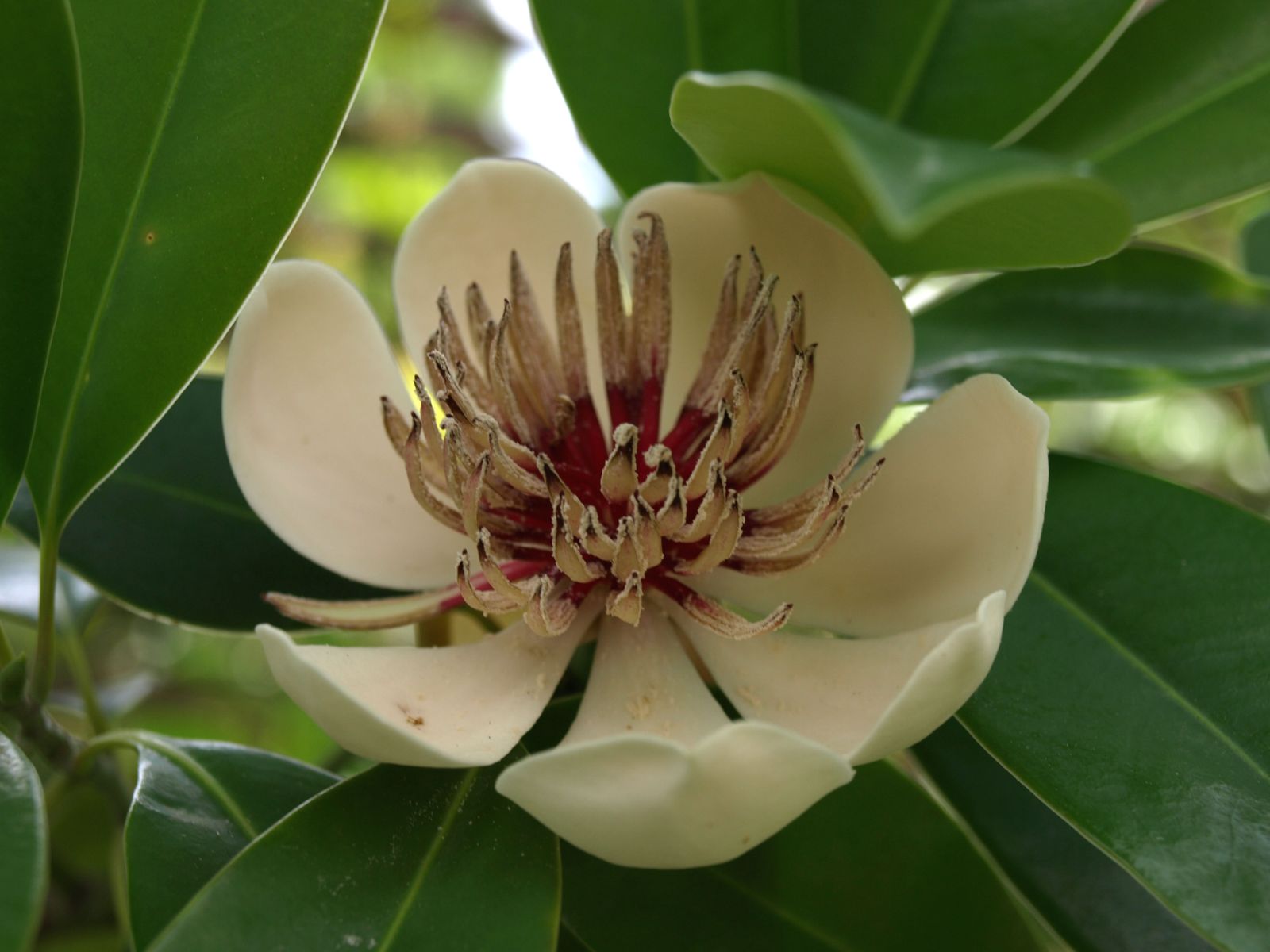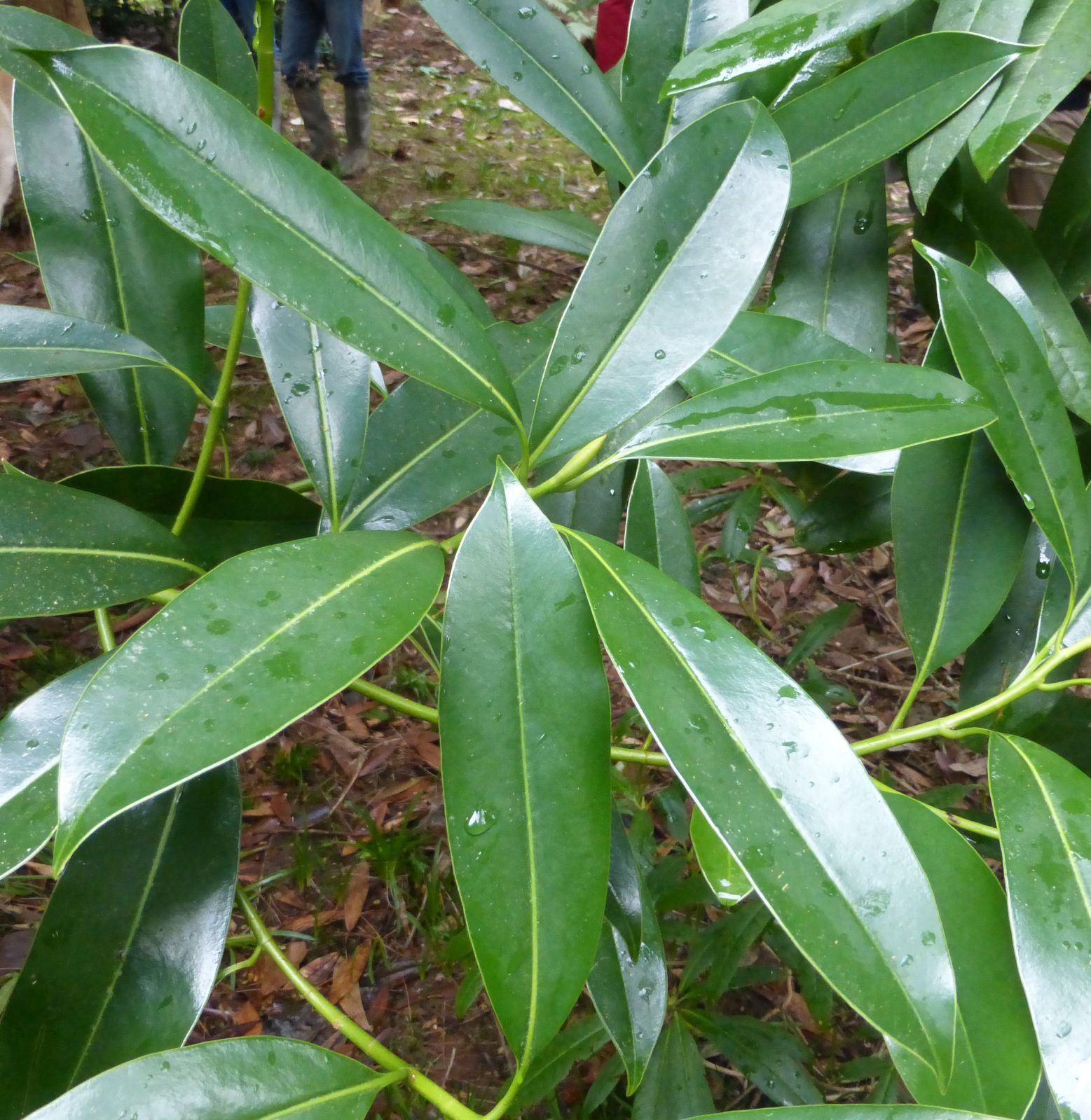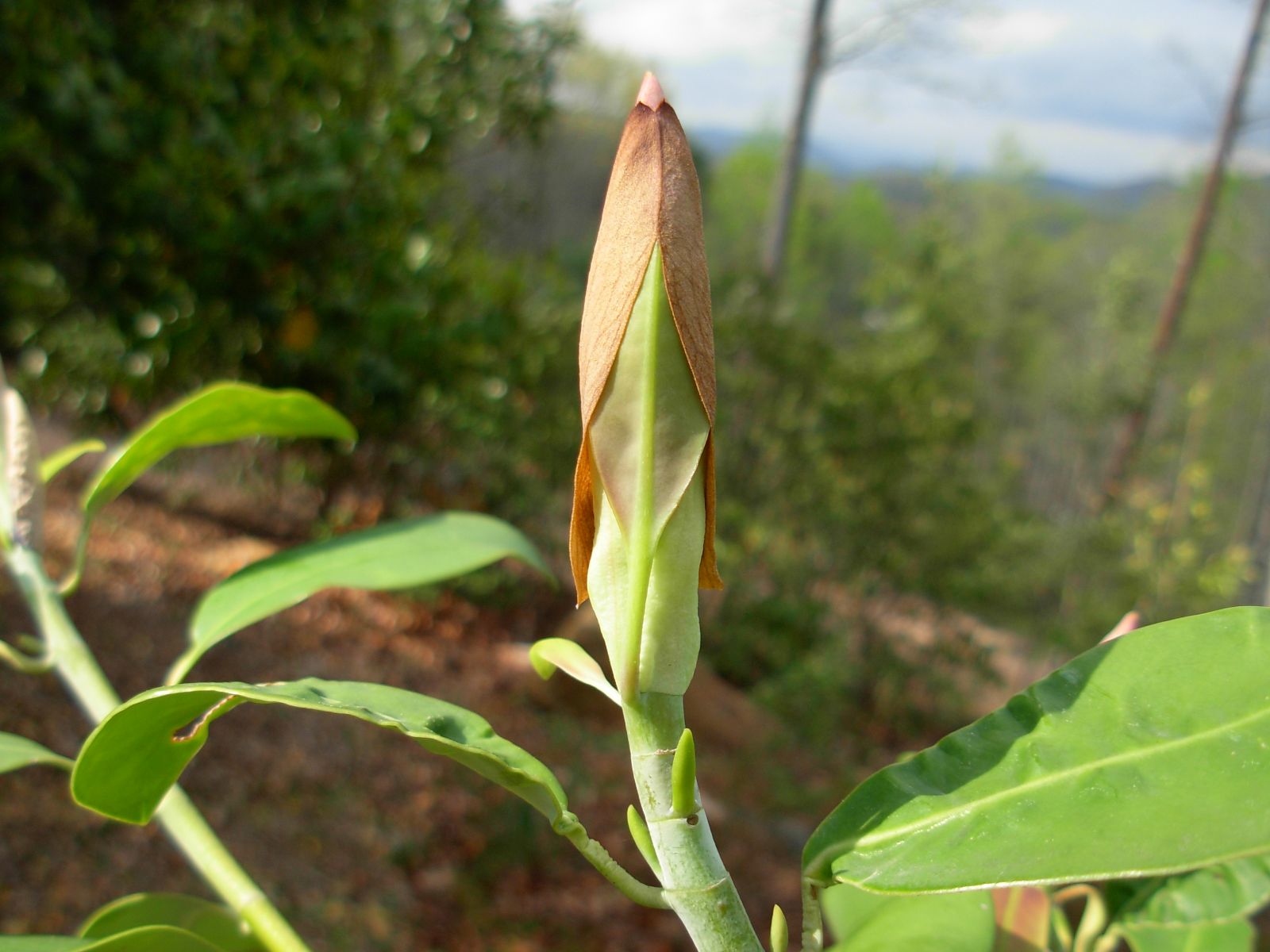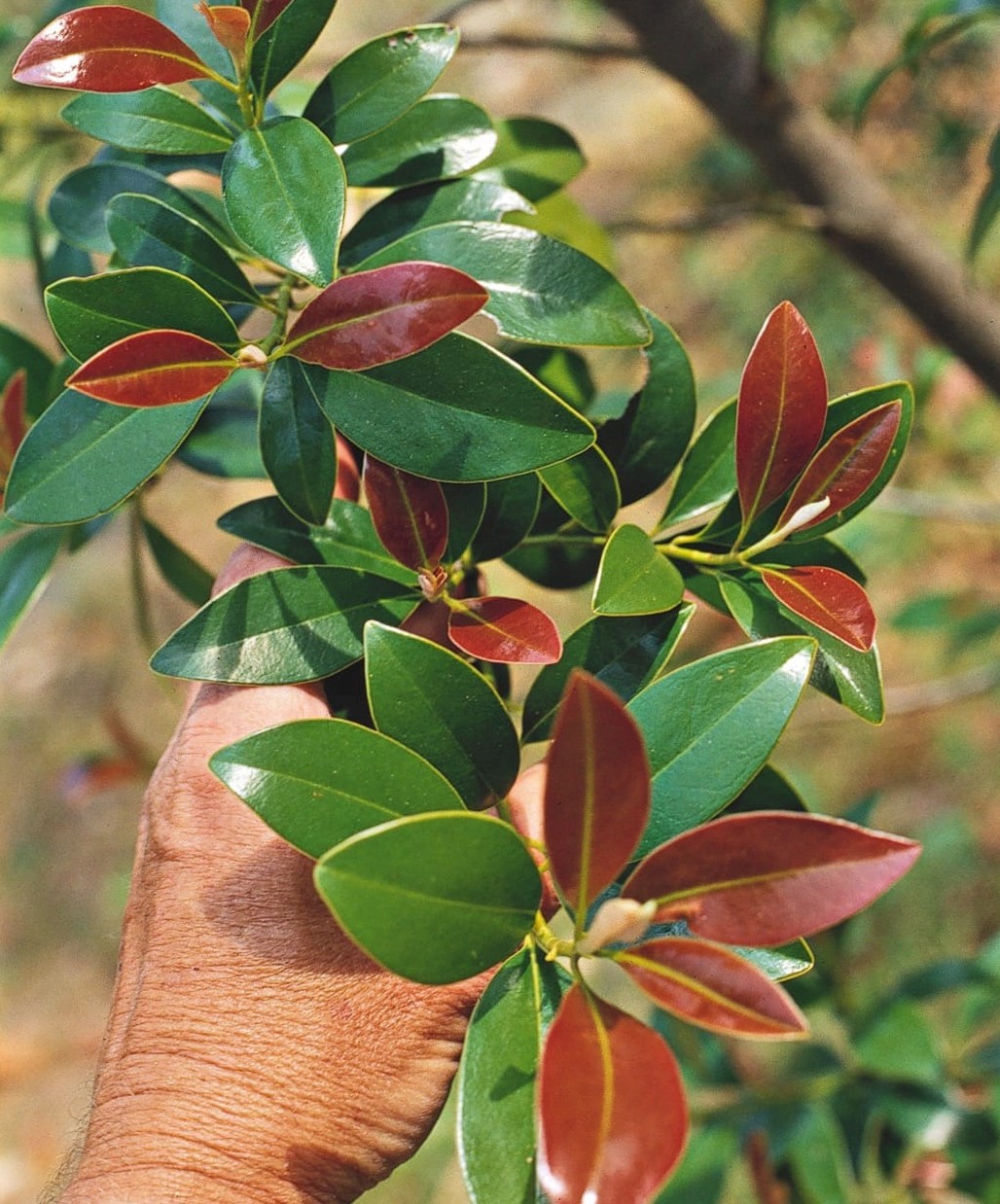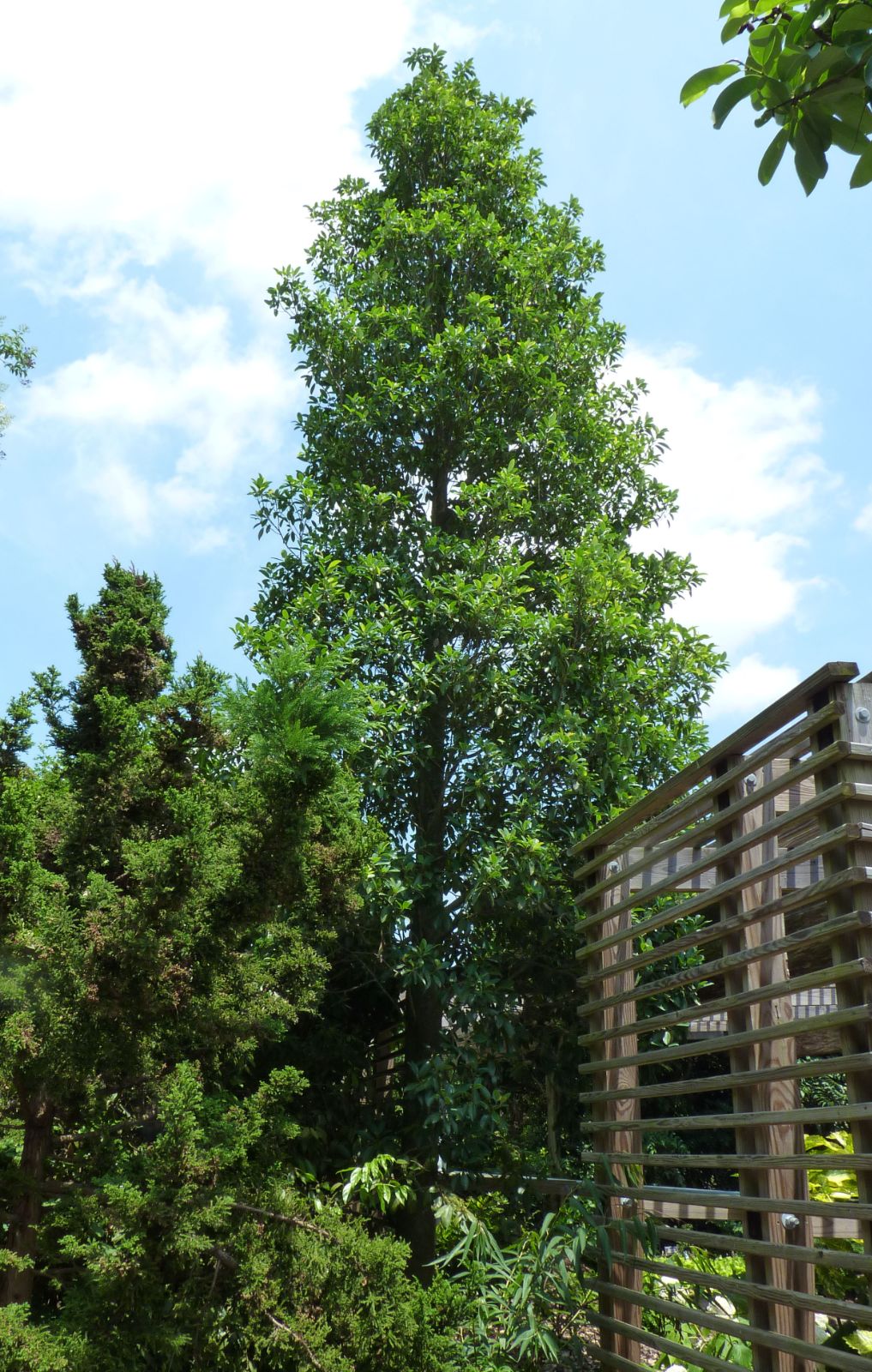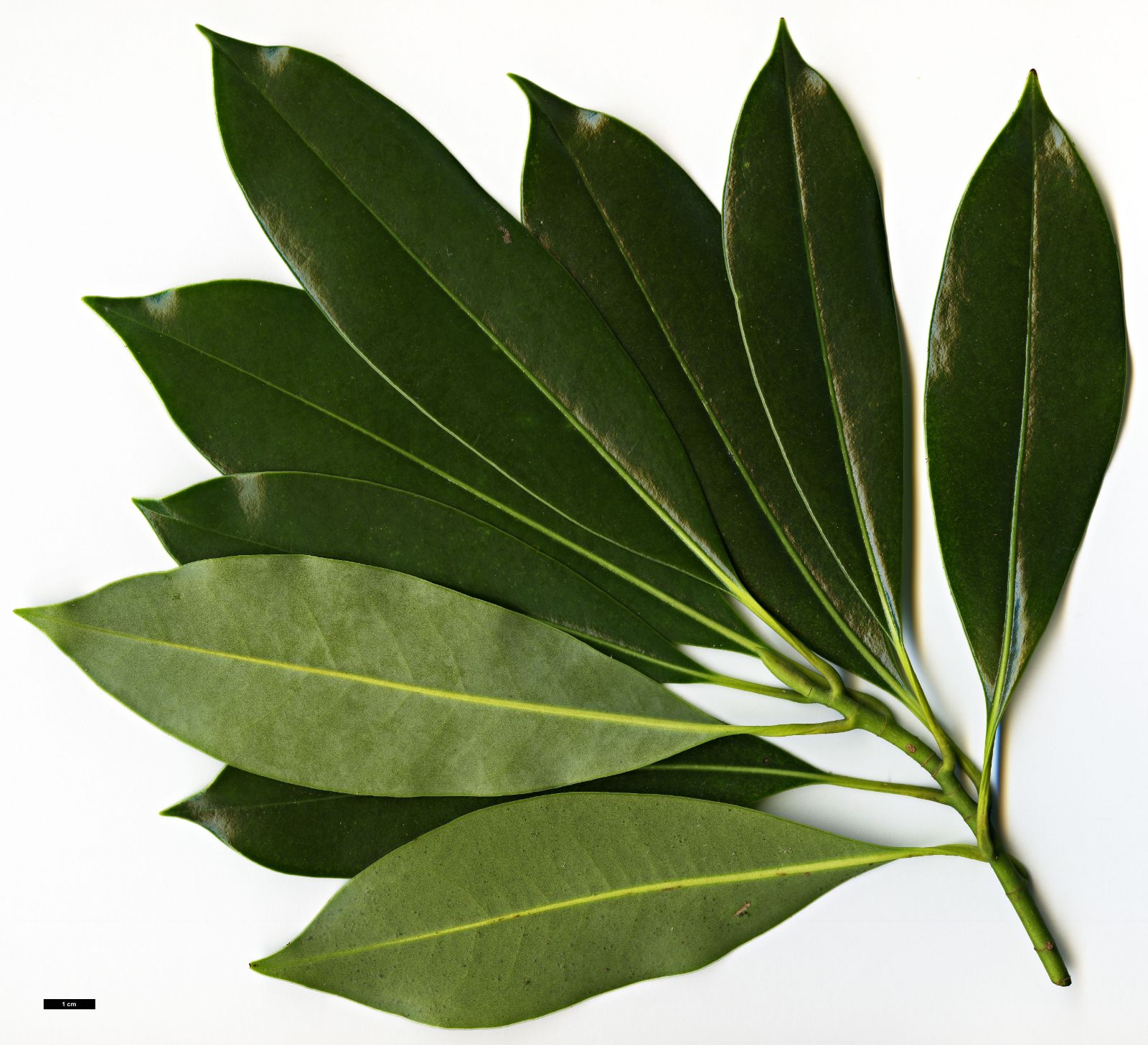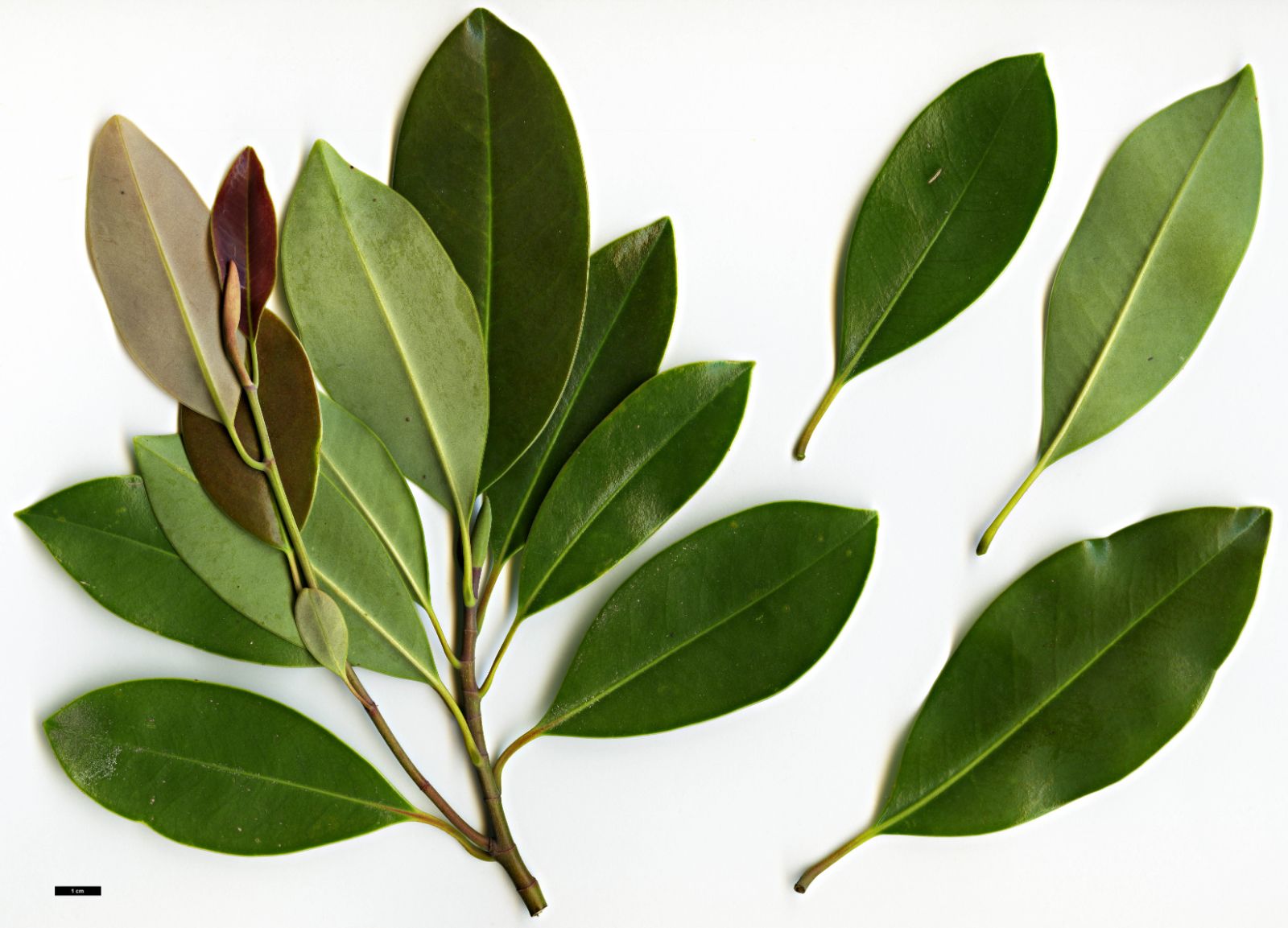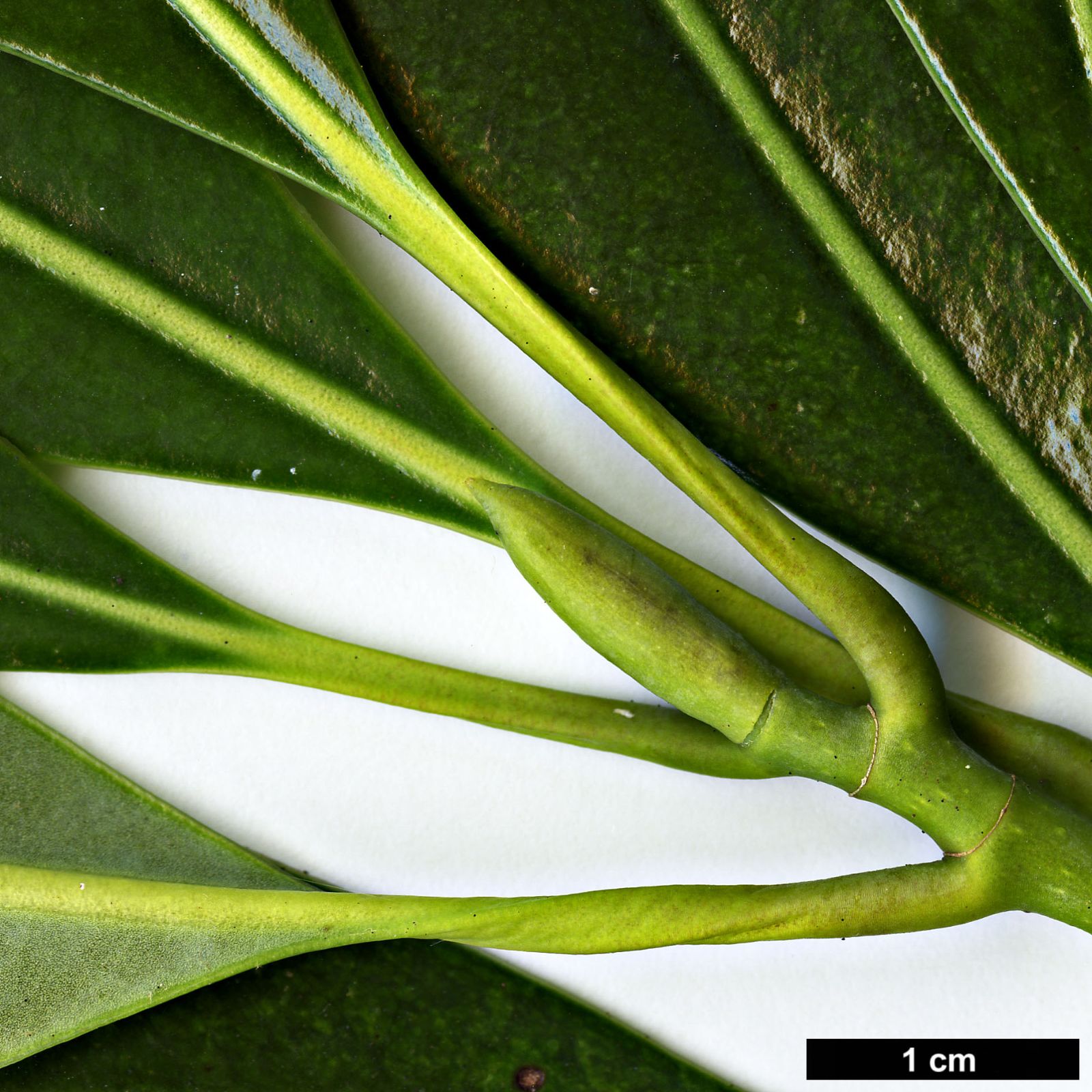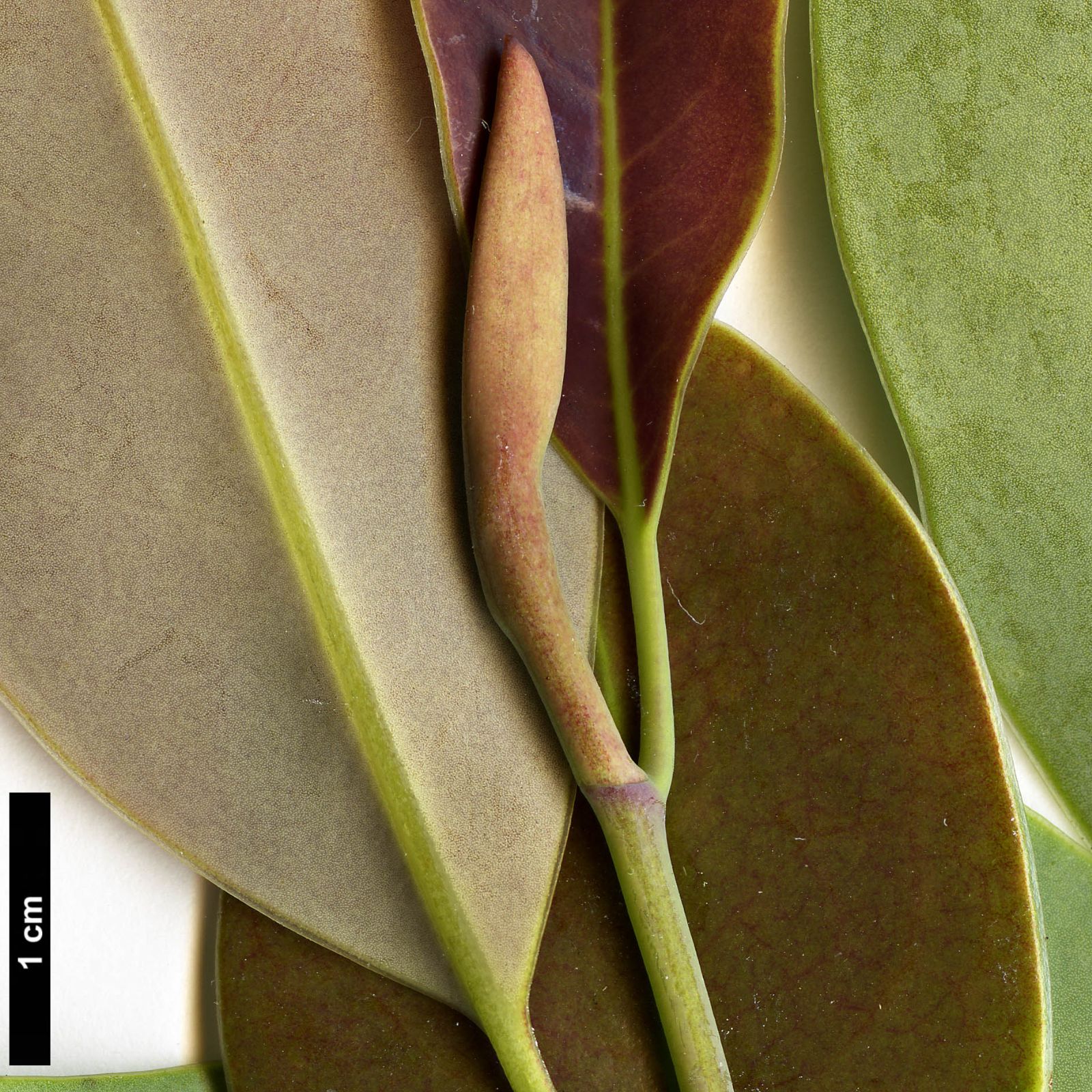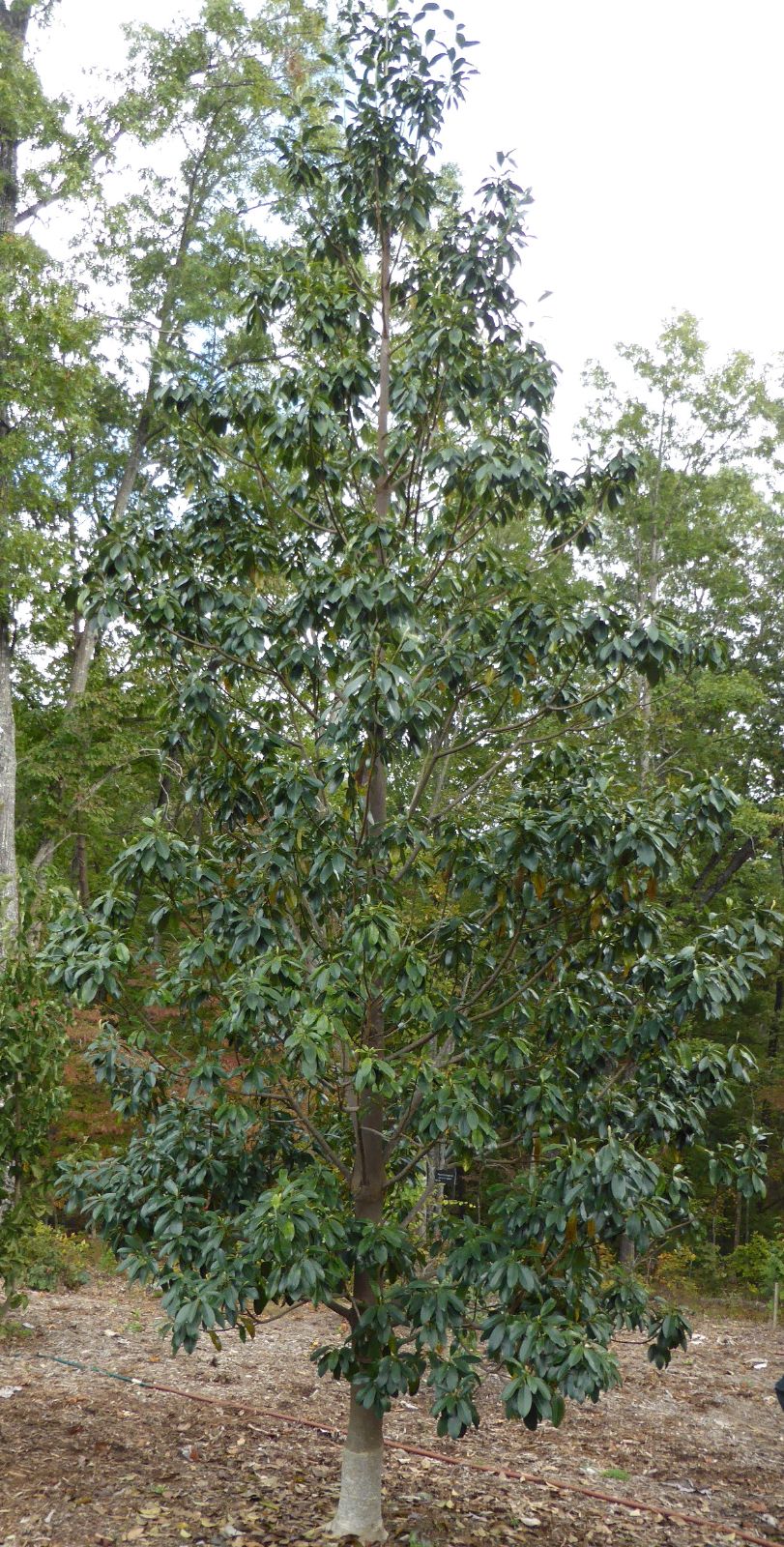Magnolia lotungensis
Sponsor
Kindly sponsored by
The Roy Overland Charitable Trust

Credits
Julian Sutton (2022)
Recommended citation
Sutton, J. (2022), 'Magnolia lotungensis' from the website Trees and Shrubs Online (treesandshrubsonline.
Genus
- Magnolia
- Section Gynopodium
Common Names
- Eastern Joy Lotus Tree
- le dong ni dan xing mu lan
Synonyms
- Parakmeria lotungensis (Chun & C.H. Tsoong) Y.W. Law
- Magnolia nitida var. lotungensis (Chun & C.H. Tsoong) B.L. Chen & Noot.
Other taxa in genus
- Magnolia acuminata
- Magnolia × alba
- Magnolia amabilis
- Magnolia amoena
- Magnolia aromatica
- Magnolia biondii
- Magnolia × brooklynensis
- Magnolia campbellii
- Magnolia cathcartii
- Magnolia cavaleriei
- Magnolia caveana
- Magnolia champaca
- Magnolia changhungtana
- Magnolia chapensis
- Magnolia compressa
- Magnolia conifera
- Magnolia Cultivars A
- Magnolia Cultivars B
- Magnolia Cultivars C
- Magnolia Cultivars D
- Magnolia Cultivars E
- Magnolia Cultivars F
- Magnolia Cultivars G
- Magnolia Cultivars H–I
- Magnolia Cultivars J
- Magnolia Cultivars K
- Magnolia Cultivars L
- Magnolia Cultivars M
- Magnolia Cultivars N–O
- Magnolia Cultivars P
- Magnolia Cultivars Q–R
- Magnolia Cultivars S
- Magnolia Cultivars T
- Magnolia Cultivars U–V
- Magnolia Cultivars W–Z
- Magnolia cylindrica
- Magnolia dandyi
- Magnolia dawsoniana
- Magnolia de Vos and Kosar hybrids
- Magnolia decidua
- Magnolia delavayi
- Magnolia denudata
- Magnolia doltsopa
- Magnolia duclouxii
- Magnolia ernestii
- Magnolia figo
- Magnolia floribunda
- Magnolia × foggii
- Magnolia fordiana
- Magnolia foveolata
- Magnolia fraseri
- Magnolia fulva
- Magnolia globosa
- Magnolia × gotoburgensis
- Magnolia grandiflora
- Magnolia grandis
- Magnolia Gresham hybrids
- Magnolia guangdongensis
- Magnolia hookeri
- Magnolia insignis
- Magnolia Jury hybrids
- Magnolia × kewensis
- Magnolia kobus
- Magnolia kwangtungensis
- Magnolia laevifolia
- Magnolia lanuginosa
- Magnolia leveilleana
- Magnolia liliiflora
- Magnolia × loebneri
- Magnolia macclurei
- Magnolia macrophylla
- Magnolia martini
- Magnolia maudiae
- Magnolia nitida
- Magnolia obovata
- Magnolia officinalis
- Magnolia opipara
- Magnolia × proctoriana
- Magnolia × pruhoniciana
- Magnolia rostrata
- Magnolia salicifolia
- Magnolia sapaensis
- Magnolia sargentiana
- Magnolia sieboldii
- Magnolia sinensis
- Magnolia sinica
- Magnolia sinostellata
- Magnolia × soulangeana
- Magnolia sprengeri
- Magnolia stellata
- Magnolia tamaulipana
- Magnolia × thomsoniana
- Magnolia tripetala
- Magnolia × veitchii
- Magnolia virginiana
- Magnolia × wieseneri
- Magnolia wilsonii
- Magnolia xinganensis
- Magnolia yunnanensis
- Magnolia yuyuanensis
- Magnolia zenii
Tree to 30 m, 0.9 m dbh. Bark pale brown or grey. Branchlets dull greenish brown and glabrous with distinctive bamboo-like internodes. Leaves evergreen, leathery and glabrous, 6–11 × 2.5–3.5(–5) cm, elliptic, upper surface glossy dark green, lower surface green or brownish green, 9–13 secondary veins on each side of the midrib, margins entire, apex acute to short-acuminate; petiole 1.5–2 cm long; stipules free from the petiole. Flowers terminal and androdioecious; male flowers pale yellow with 9–12 tepals, tepals thin, obovate to oblong and 2.5–3.5 cm long, stamens 30–70 with purplish red filaments; hermaphrodite flowers similar, but smaller, stamens 10–35, also with purplish red filaments, gynoecium sessile with 10–20 (rarely fewer) green carpels. Fruits red, 3.5–4.5 cm long, oblong to ovoid; ripe carpels 1.8–2.2 cm long, turning brown with a short beak, dehiscing along the dorsal suture. Flowering April to May (China, USA), fruiting September to October (China). Hexaploid 2n=114. (Chen & Nooteboom 1993; Liu et al. 2004).
Distribution China Fujian, Guangdong, Guangxi, SE Guizhou, Hainan, Hunan, Jiangxi, Zhejiang
Habitat Broadleaved forest, 700–1700 m.
USDA Hardiness Zone 7-9
RHS Hardiness Rating H4
Conservation status Endangered (EN)
Taxonomic note Based on their examination of herbarium specimens, Chen & Nooteboom (1993) treated Magnolia lotungensis as a variety of M. nitida W.W. Sm., but it has since been shown to be a hexaploid and genetically quite distinct from M. nitida (Chen et al. 2000); it also has purple-red coloured stamens, compared to white in M. nitida, and its flowers are androdioecious, rather than bisexual as in M. nitida. Recently Lin et al. (2006) have suggested that the very similar M. omeiensis (Hu & C.Y. Cheng) Dandy which is apparently barely or not in cultivation in our area, be merged with M. lotungensis, but this approach has not been generally adopted.
Of all the species in Section Gynopodium, the southeastern Chinese Magnolia lotungensis is showing most promise as an ornamental tree hardy in at least in parts of our area. Grown as a street tree in Yunnan (Weathington 2019) it is perhaps most to be valued for its stature, a potentially tall but narrow evergreen, whose small glossy dark green leaves can flush bronze to purplish red. While its flowers are small, they are scented, and the purple-red filaments make a striking central zone, contrasting with the creamy white tepals and anthers. Fortunately this lovely tree seems to be remarkably hardy, and has shown no cold damage either around Portland, OR or in Vancouver, BC where temperatures of –9 °C were recorded in the winter of 2006–2007. It has been reported to withstand –18 °C without damage (Hogan 2008), and highlighted as a good bet for planting widely across the British Isles (Marston 2017).
Introduced in 1993 by Piroche Plants, British Columbia, it has been planted relatively widely in North American collections, both in the Pacific Northwest and in the Southeast. Young trees seen in 2006 at the JC Raulston Arboretum and at Juniper Level Botanic Garden, both in North Carolina, were thriving, forming good straight-stemmed trees, well clad with glossy leaves. The JC Raulston tree, planted in 1995, began flowering in 2008, producing only male flowers (Weathington 2013); it was over 10 m tall by 2013 (JC Raulston Arboretum 2021). The Juniper Level specimen flowered extremely well in 2015 (Avent 2015). It has been offered commercially in the UK; a specimen (8 m × 38 cm, 2014 – Tree Register 2021) is flourishing at Tregrehan and had flowered by 2019 (Williams 2021). It is recorded from the Arboretum Bokrijk, Belgium (Plantcol 2021).
Seedlings are rather variable, and Sean Hogan (pers. comm. 2007) reports that several selections have been made for superior foliage qualities, including one with brilliantly red new growth, the colour persisting into summer, and another with a slightly bluish sheen to the leaves. Wharton (2007) also praises the red-flushing clones. It is almost impossible to root from cuttings but grafts very easily onto stocks of Section Yulania, so it should be possible to increase stocks of desirable clones very rapidly (Figlar 2008).

